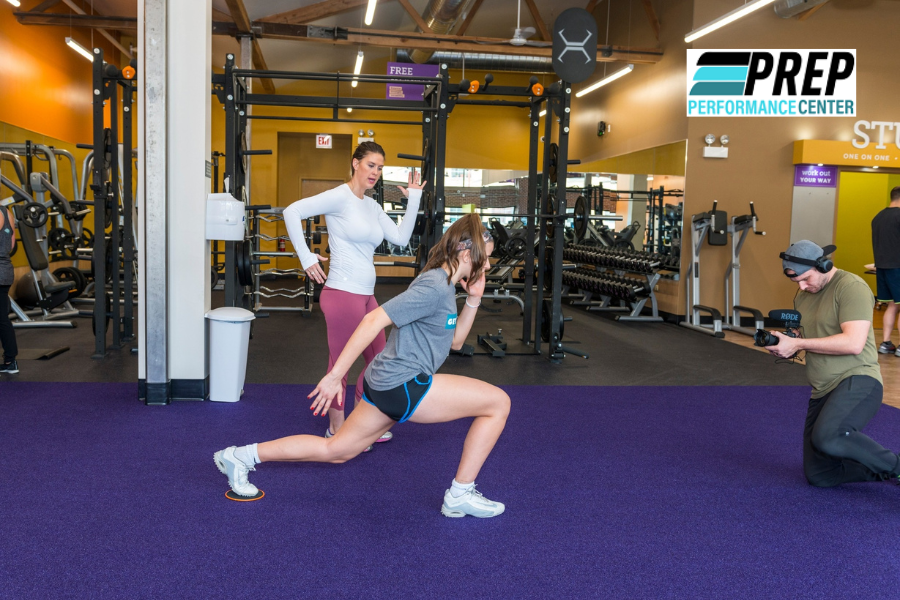On Field Progression – Why do we document everything else in our rehab but the most important stuff. We record …


On Field Progression – Why do we document everything else in our rehab but the most important stuff. We record …

Searching for a good bargain? It’s no secret that prices have been going up. Gas is expensive. Food is expensive. …
Our Team Welcome to the PREP Team! Our team of physical therapists at PREP Performance Center has close to 10 …